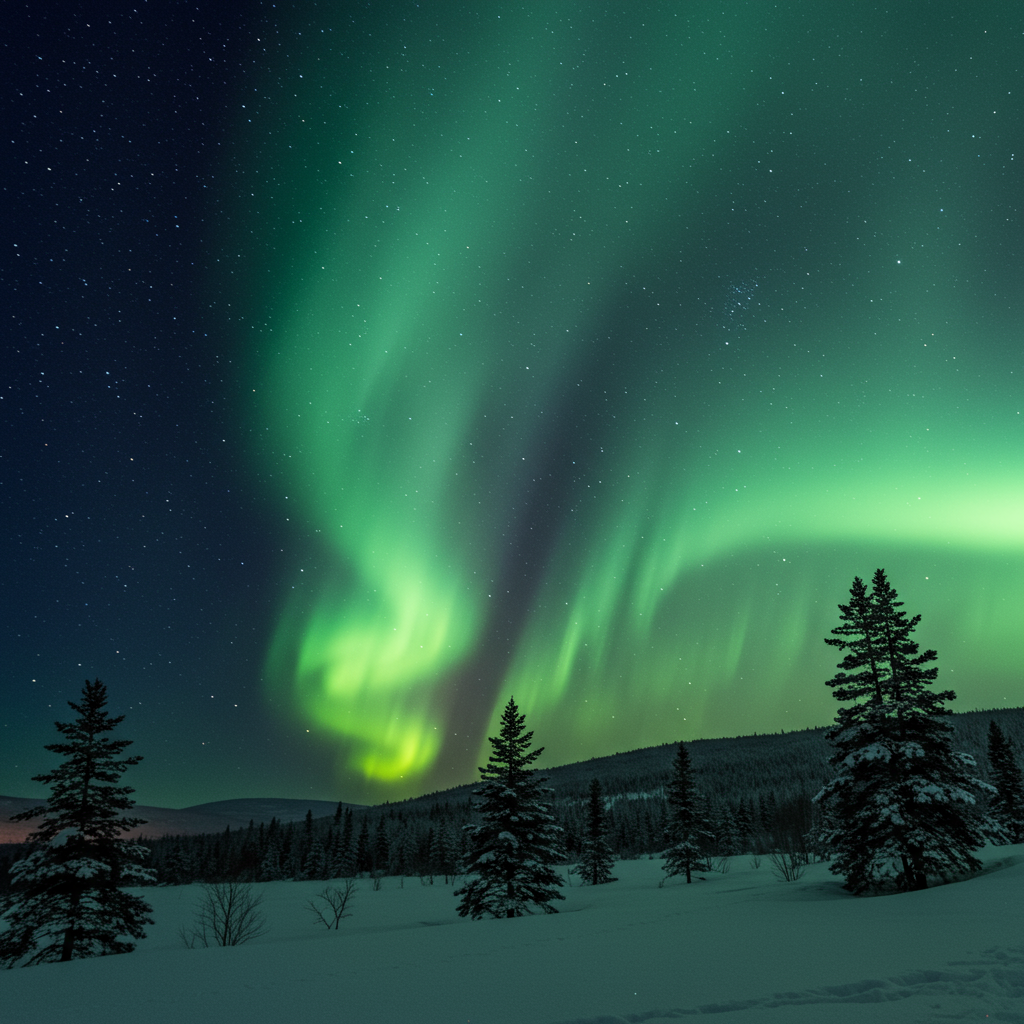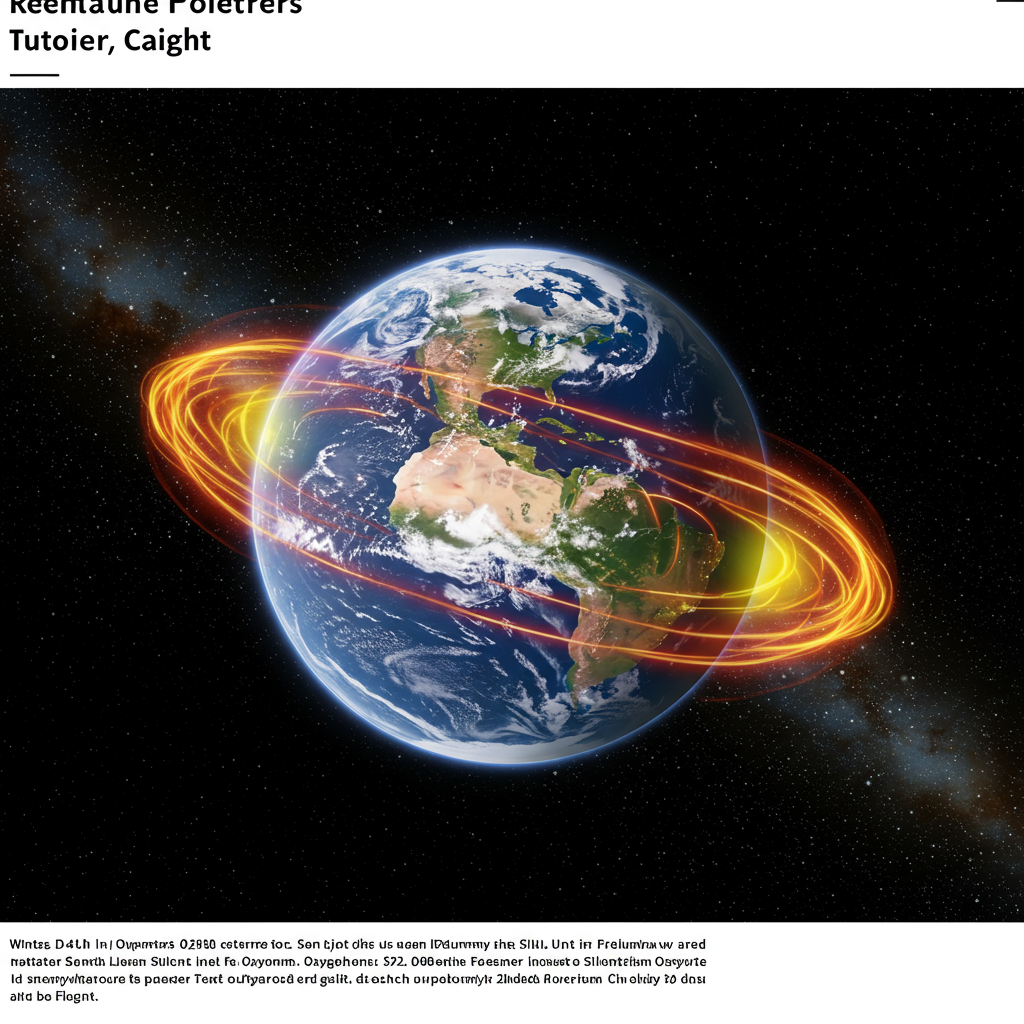Prepare for a potential celestial show! The mesmerizing Northern Lights, also known as the Aurora Borealis, may be visible over parts of Vermont this week. Increased solar activity is creating conditions favorable for catching a glimpse of this stunning natural phenomenon farther south than usual.
This guide breaks down the forecast and shares essential tips on the best time and location to maximize your chances of seeing the aurora from Vermont.
Why Are Northern Lights Possible Now? Understanding Solar Activity
The primary reason for the increased potential of seeing the Northern Lights in states like Vermont is heightened solar activity. Our sun is currently approaching or at its solar maximum, the peak phase of its natural 11-year cycle. This period is characterized by more frequent and intense events on the sun’s surface, such as solar flares and coronal mass ejections (CMEs).
These events launch massive bursts of charged particles and magnetic fields into space. When these particles travel towards Earth and collide with our planet’s magnetic field, they trigger geomagnetic storms. It’s during these storms that the charged particles interact with gases in Earth’s atmosphere (like oxygen and nitrogen), causing them to emit light – creating the vibrant displays of the aurora. Stronger geomagnetic storms can push the auroral oval, where the lights are typically seen, southward, making them visible in lower latitudes like the northern United States.
Potential Visibility Over Vermont
Based on space weather forecasts, including predictions from centers like NOAA’s Space Weather Prediction Center, northern portions of Vermont are sometimes situated within the zone where Northern Lights could be visible during periods of moderate to strong geomagnetic activity.
While states further north or in the upper Midwest might have a higher probability during a given event, forecasts sometimes indicate a distinct possibility for northern areas of New England, including Vermont. The exact reach of the aurora depends on the intensity of the solar activity and the resulting geomagnetic storm level.
When and Where to Look for the Aurora
If Northern Lights are forecast for Vermont, timing and location are crucial for successful viewing.
Best Time to See the Aurora
The most active and visible displays of the Aurora Borealis typically occur during the darkest hours. Experts suggest the prime viewing window is usually between 10 p.m. and 2 a.m. local time. While activity can sometimes begin earlier or last later during very strong storms, this four-hour window is generally the most promising.
Best Location for Viewing in Vermont
To maximize your chances, find a location that offers dark skies and minimal light pollution. City lights can easily wash out the relatively faint glow of the aurora.
Get Away from City Lights: Head away from populated areas and major towns.
Find an Open Area: Look for fields, hilltops, or areas with unobstructed views of the northern horizon.
Consider Conservation Areas/Parks: Places that limit nighttime lighting can be ideal.
Look North: The aurora will appear on the northern horizon from Vermont.
Remember, patience is key, as the display can wax and wane over time.
Checking the Forecast & The Weather Factor
Potential aurora visibility isn’t just about space weather; it also depends heavily on local conditions. Even if the geomagnetic forecast is favorable, cloud cover will completely block your view.
Before heading out, check both:
- Space Weather Forecasts: Consult resources like the NOAA Space Weather Prediction Center, Space.com, or dedicated aurora forecast apps. These provide updates on geomagnetic activity levels and prediction maps.
- Local Weather Forecasts: Check your local forecast for cloud cover during the prime viewing hours (10 p.m. – 2 a.m.). Look for clear or mostly clear skies.
Seeing the Northern Lights from Vermont is a special, though not frequent, occurrence. By understanding why they might be visible and knowing when and where to look (and checking both space and local weather), you’ll be ready to witness this incredible natural light show if the conditions align this week.




